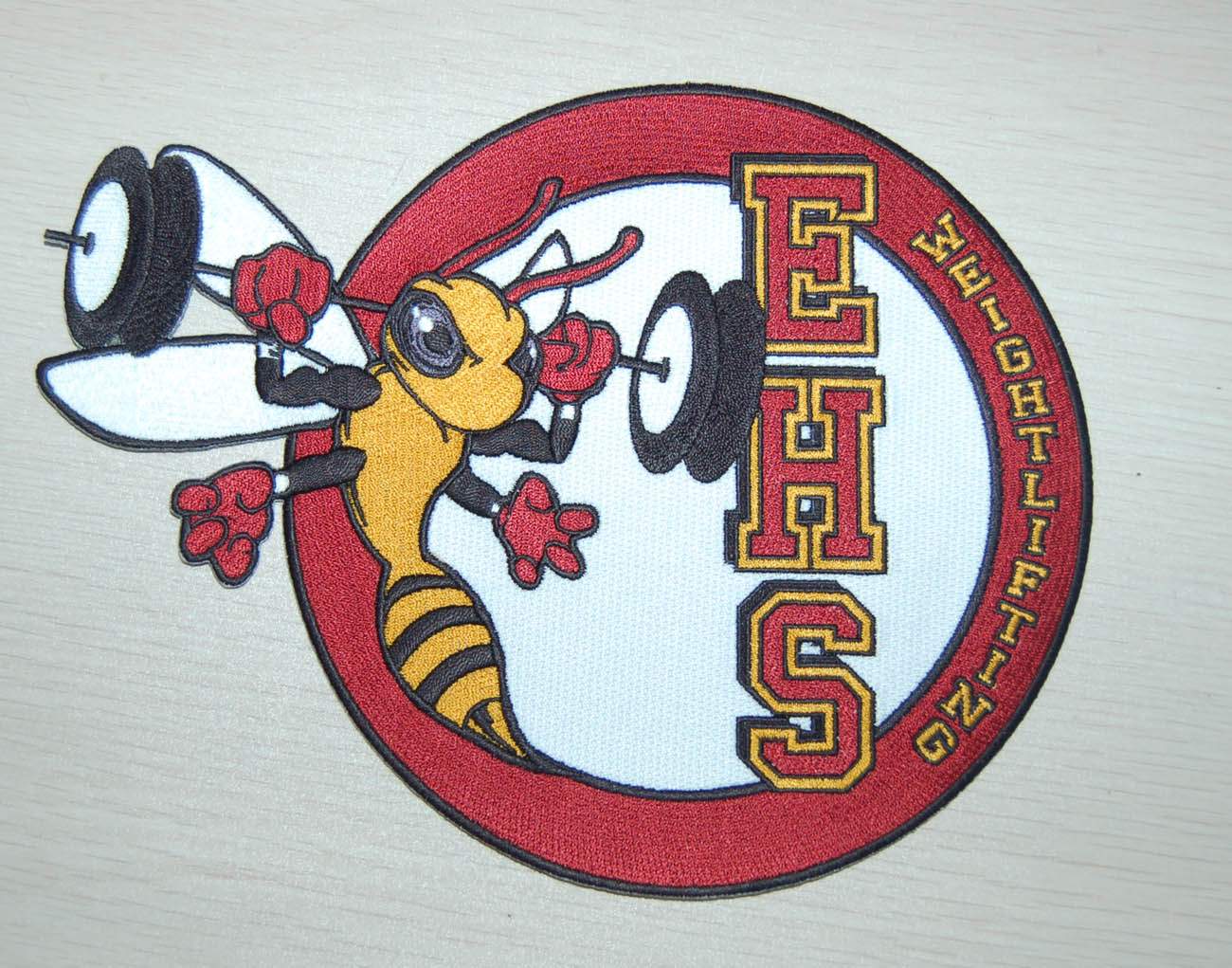Crafting Elegance: A Comprehensive Guide to Essential Embroidery Tools and Materials
Embroidery, with its intricate stitches and artistic allure, has been an age-old expression of craftsmanship and creativity. As you embark on the journey of turning fabric into a canvas of art, understanding the essential tools and materials is paramount. In this comprehensive guide, we'll explore the world of embroidery tools and materials, unraveling the essentials that transform your imagination into stitched masterpieces.
Essential Embroidery Tools:
1. Embroidery Needles:
● Types: Embroidery needles come in various types, including crewel, tapestry,
and chenille needles. Choose a needle that suits your fabric and embroidery style.
● Sizes: Needles are sized numerically, with lower numbers indicating larger
needles. Select the appropriate size based on the fabric and thread thickness.
2. Embroidery Hoops:
● Types: Traditional wooden hoops and spring-tension hoops are common choices.
Wooden hoops are adjustable and hold the fabric taut, while spring-tension
hoops are easy to maneuver.
● Sizes: Hoops come in various sizes; choose one that comfortably accommodates
your design without stretching the fabric excessively.
3. Embroidery Scissors:
● Design: Small, sharp-pointed scissors with a fine tip are ideal for precision
cutting of embroidery threads. Embroidery scissors often feature decorative
handles for added charm.
● Quality: Invest in a good-quality pair to ensure sharpness and durability, as
blunt scissors can make embroidery work challenging.
4. Embroidery Floss:
● Material: Embroidery floss is typically made of cotton or silk. Cotton floss is
versatile and widely used, while silk adds a luxurious touch to certain
projects.
● Colors: Floss comes in an extensive array of colors. Start with basic colors
and gradually expand your collection based on project needs.
5. Embroidery Thread Organizer:
● Function: Keep your embroidery threads neat and organized with a thread
organizer. This can be a simple plastic box with compartments or a more
intricate spool holder.
6. Embroidery Fabric:
● Types: Cotton, linen, and Aida cloth are popular choices for embroidery. Choose a fabric that complements your
design and is suitable for the chosen stitches.
● Count: Fabric count refers to the number of stitches per inch. Lower counts
are suitable for beginners, while higher counts provide more detail.
7. Water-Soluble Fabric Marker:
● Usage: Marking your fabric with a water-soluble marker allows for precise
design placement. The marks disappear with a damp cloth, ensuring a clean
finish.
● Types: Choose between pens, pencils, or chalk markers based on personal
preference and the fabric type.
8. Thimble:
● Protection: A thimble protects your finger from the needle's point, especially
when pushing through tough fabrics or multiple layers.
● Material: Thimbles come in metal, plastic, and leather. Select one that provides
comfort and fits securely on your finger.
9. Embroidery Pattern:
● Source: Patterns can be found in embroidery books, online platforms, or
created by you. Transfer the pattern onto your fabric using tracing or iron-on
methods.
10. Needle Threader:
● Function: Needle threaders assist in threading needles, making the process quicker and more manageable. They are particularly helpful for those with visual impairments or dexterity issues.
Essential Embroidery Materials:
1. Stabilizer:
● Usage: Stabilizers provide support to the fabric during embroidery, preventing
puckering or stretching. They come in various types, including tear-away,
cut-away, and water-soluble stabilizers.
● Selection: Choose the stabilizer based on your fabric and design. For delicate
fabrics, a tear-away stabilizer might be suitable, while dense designs benefit
from a cut-away stabilizer.
2. Embroidery Patches:
● Application: Embroidery patches add dimension and detail to projects. They can be
pre-made or created by stitching directly onto the fabric.
3. Embroidery Hoop Stand:
● Convenience: A hoop stand holds your embroidery hoop, freeing up your hands for
stitching. This is particularly useful for larger projects that require
extended stitching sessions.
4. Fabric Adhesive:
● Function: Fabric adhesive or glue is handy for securing fabric in the hoop,
especially when working with slippery or stretchy materials.
5. Thread Conditioner:
● Purpose: Thread conditioner, often in the form of wax, helps prevent the
tangling and fraying of embroidery floss. It is especially useful when working
with longer strands of thread.
6. Embroidery Threading Station:
● Organization: A threading station keeps your threads organized and prevents tangling.
It typically consists of spool holders and a cutting blade.
7. Embroidery Light:
● Illumination: Adequate lighting is essential for detailed embroidery work. An
embroidery light, often a flexible LED lamp, illuminates your stitching area.
8. Embroidery Fabric Frame:
● Alternative to Hoops: Fabric frames are an alternative to hoops and provide a flat surface
for embroidery. They are especially useful for larger or irregularly shaped
projects.
9. Embroidery Needleminder:
● Function: A needleminder is a magnetic tool that holds your needles when they're
not in use. This prevents them from getting lost and provides a convenient
storage solution.
10. Embroidery Washi Tape:
● Decoration: Washi tape can be used to decorate embroidery hoops or secure fabric edges. It adds a creative touch to your embroidery setup.
Starting Your Embroidery Journey
1. Select a Beginner-Friendly Pattern:
● Simplicity: Choose a pattern with straightforward stitches and minimal color
changes for your first project.
2. Invest in Quality Tools:
● Long-Term Benefits: Quality tools may be a bit pricier, but they last longer and
contribute to a more enjoyable embroidery experience.
3. Practice Basic Stitches:
● Foundation: Master basic stitches like the backstitch, satin stitch, and French
knot before progressing to more complex techniques.
4. Experiment with Fabrics:
● Variety: Try embroidery on different fabrics to understand how each material
interacts with the stitches. This knowledge will inform your future projects.
5. Join Embroidery Communities:
● Support and Inspiration: Connect with fellow embroidery enthusiasts online or in local communities.
Sharing experiences and learning from others can be invaluable.
6. Take Your Time:
● Patience: Embroidery is a slow and meditative craft. Embrace the process, and don't rush through your stitches. Enjoy the journey of creating something beautiful.
Conclusion: Crafting Beauty
Stitch by Stitch
As you gather your embroidery tools and materials, remember that each item plays a crucial role in
bringing your creative vision to life. Whether you're a novice or an
experienced embroiderer, the right tools and quality materials enhance the joy
and satisfaction derived from this timeless craft. So, thread your needle,
secure your fabric, and let each stitch be a brushstroke in the masterpiece
you're creating – a testament to the artistry and elegance of embroidery.



